Archives
- 2025-12
- 2025-11
- 2025-10
- 2025-09
- 2025-03
- 2025-02
- 2025-01
- 2024-12
- 2024-11
- 2024-10
- 2024-09
- 2024-08
- 2024-07
- 2024-06
- 2024-05
- 2024-04
- 2024-03
- 2024-02
- 2024-01
- 2023-12
- 2023-11
- 2023-10
- 2023-09
- 2023-08
- 2023-07
- 2023-06
- 2023-05
- 2023-04
- 2023-03
- 2023-02
- 2023-01
- 2022-12
- 2022-11
- 2022-10
- 2022-09
- 2022-08
- 2022-07
- 2022-06
- 2022-05
- 2022-04
- 2022-03
- 2022-02
- 2022-01
- 2021-12
- 2021-11
- 2021-10
- 2021-09
- 2021-08
- 2021-07
- 2021-06
- 2021-05
- 2021-04
- 2021-03
- 2021-02
- 2021-01
- 2020-12
- 2020-11
- 2020-10
- 2020-09
- 2020-08
- 2020-07
- 2020-06
- 2020-05
- 2020-04
- 2020-03
- 2020-02
- 2020-01
- 2019-12
- 2019-11
- 2019-10
- 2019-09
- 2019-08
- 2019-07
- 2018-07
-
In recent years many studies
2022-03-21
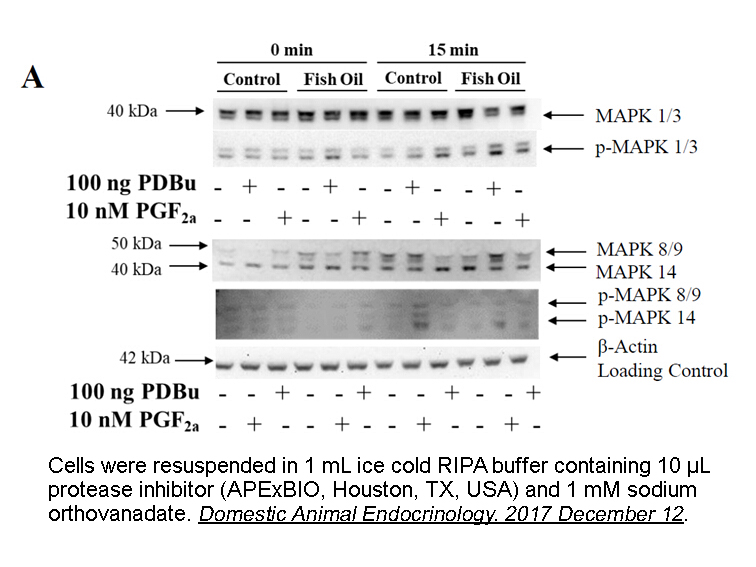
In recent years, many studies have demonstrated that the release of endogenous FPR ligands can influence severe diseases associated with inflammation, including systemic inflammatory response syndrome (SIRS)20, 21 and cancers, such as glioblastoma as well as gastric and colorectal cancer 22, 23, 24.
-
EZH can also interact with Ten Eleven
2022-03-18

EZH2 can also interact with Ten-Eleven Translocation gene family members (TET1, TET2, and TET3), which convert 5-methylcytosine (5 mC) to 5-hydroxymethylcytosine (5hmC), to cause changes in patterns of histone methylation and DNA methylation [52]. Huang et al. found that the expression levels of all
-
Chicoric acid CA is a
2022-03-18
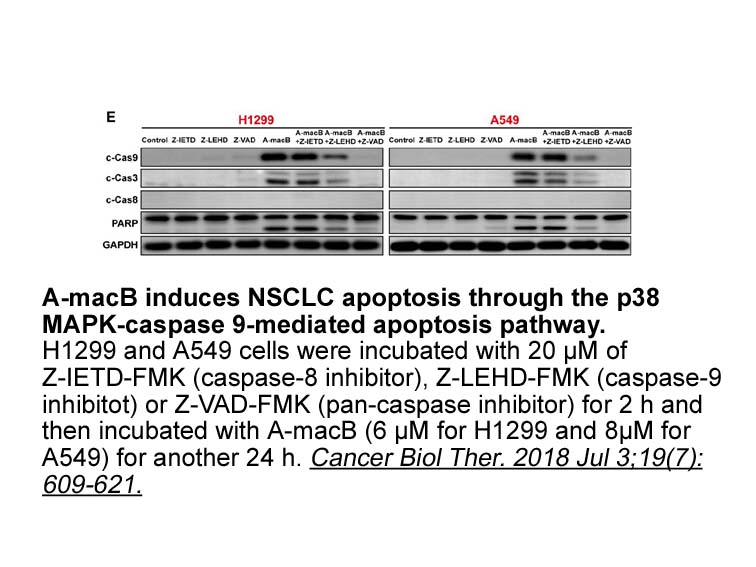
Chicoric Cap Firefly Luciferase mRNA (CA) is a di-acylated hydroxycinnamoyl tartaric acid ester [12] found in a variety of plant species, especially within the Astereceae family [13]. Of interest for this study, Sonchus oleraceus and Bidens pilosa plants, from Astereceae family, were used. Both S.
-
The HIF complex was initially identified as
2022-03-18
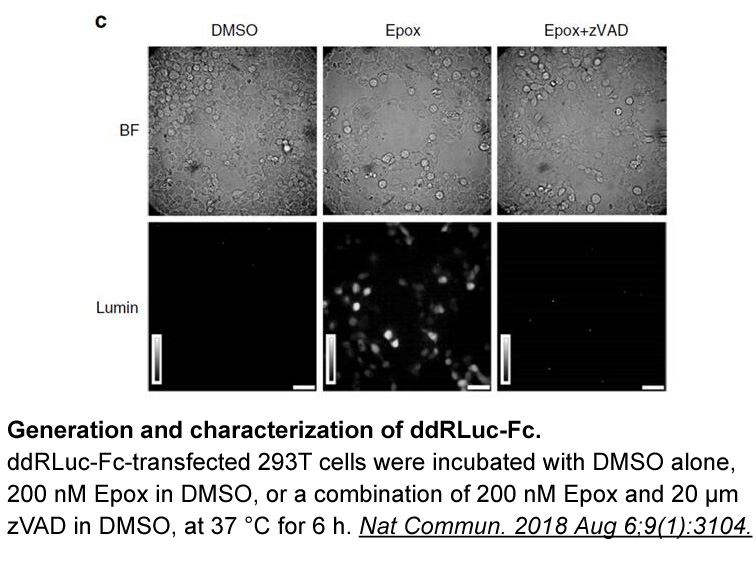
The HIF complex was initially identified as an important component of the cell machinery involved in the response and DL-Dithiothreitol to hypoxia (Semenza, 2001). Further studies have shown that HIF can also modulate whole-body energy homeostasis by controlling hypothalamic neurons (Varela et al.,
-
However despite medicinal chemistry efforts lead to
2022-03-18
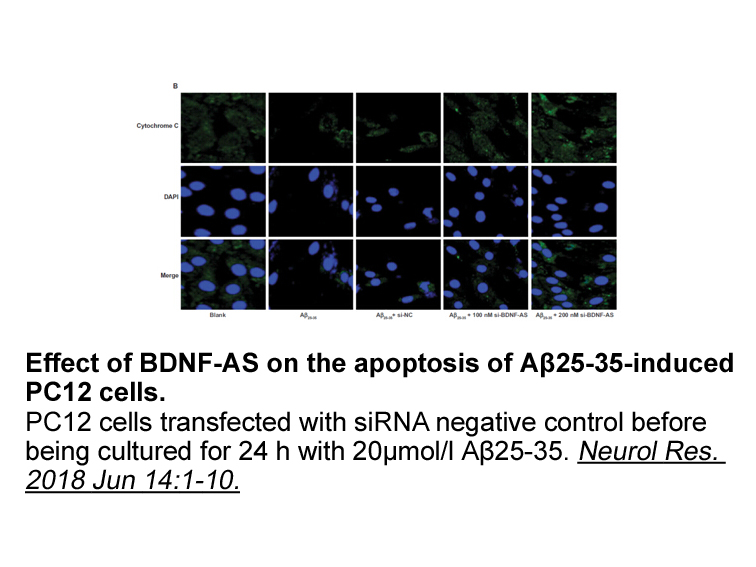
However, despite medicinal chemistry efforts lead to considerable improvement in potency and selectivity of new HO-1 inhibitors, still have not identified inhibitors in the low nanomolar range. Therefore, due to the possible in vivo non-specific effects at high dosage, novel strategies should be dev
-
The obtained sequence was deposited in GenBank under
2022-03-18
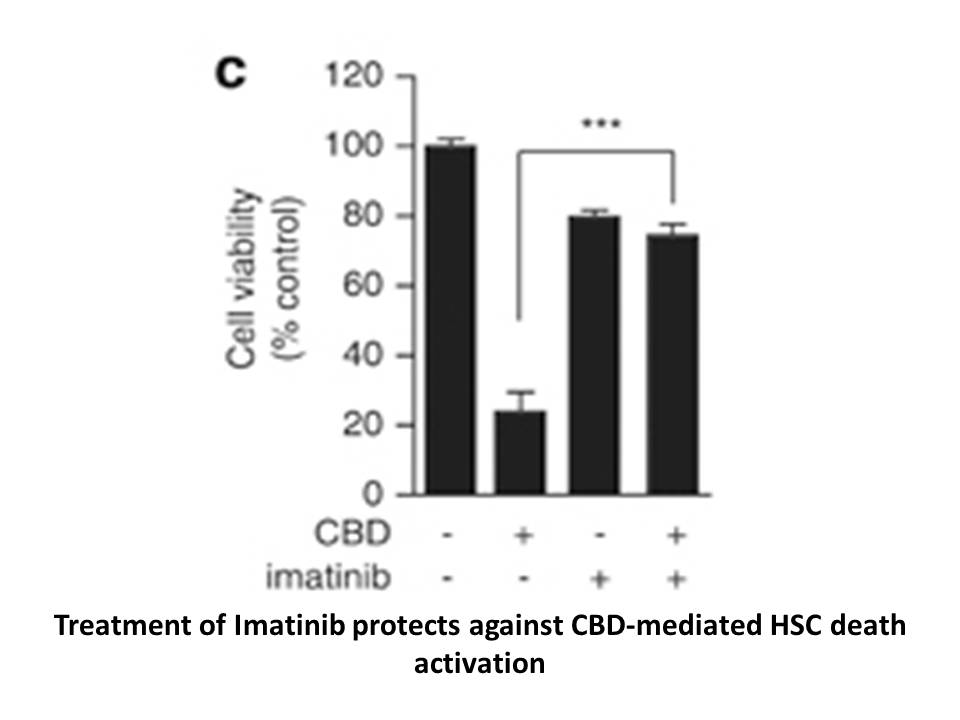
The obtained sequence was deposited in GenBank under accession number MG703576; it showed a 99% identify with sample HE817764, reported as Demodex cornei, and with JF784000, reported as D. canis. Molecular and phylogenetic analyses and the morphological characteristics helped to rule out D. cornei.
-
HDAC enzymes oppose the effects of
2022-03-18
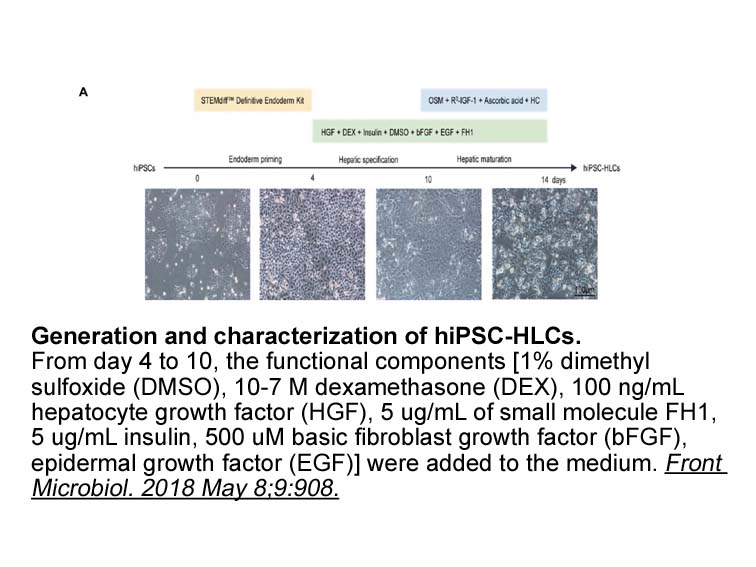
HDAC enzymes oppose the effects of HATs by reversing lysine acetylation, an action that restores the positive charge of the lysine thus stabilizing the local chromatin structure. By removing acetyl groups from ε-amino lysines of proteins, HDACs not only alter transcription, but also promote either t
-
br Materials and methods br
2022-03-18

Materials and methods Results Discussion Early studies in the mid 1980s tentatively identified cCMP in tissues using fast atom bombardment MS [3], [4], but specificity and sensitivity of the method are insufficient for unequivocal identification as compared to modern MS analytical methods.
-
DNA methylation is a kind
2022-03-18
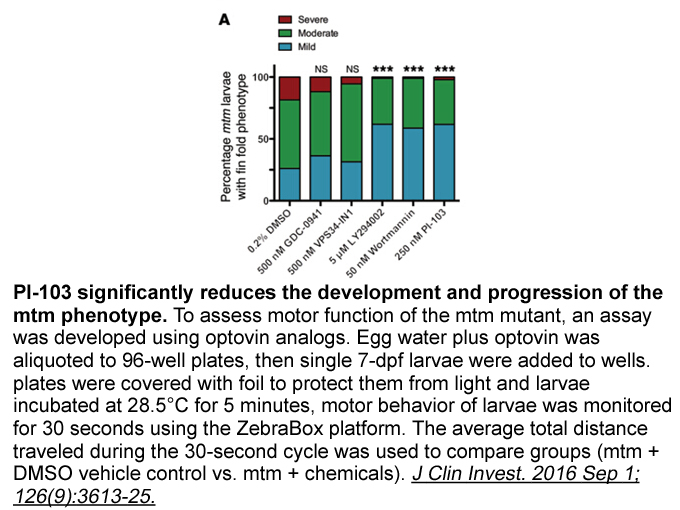
DNA methylation is a kind of epigenetic modifications that can be described as a heritable alteration in gene expression, without any changes in the DNA sequence. Recent evidences suggest that the regulation of DNA methylation status is a frequent and early event in prostate carcinogenesis. For exam
-
The experiments reported herein were designed to test whethe
2022-03-18
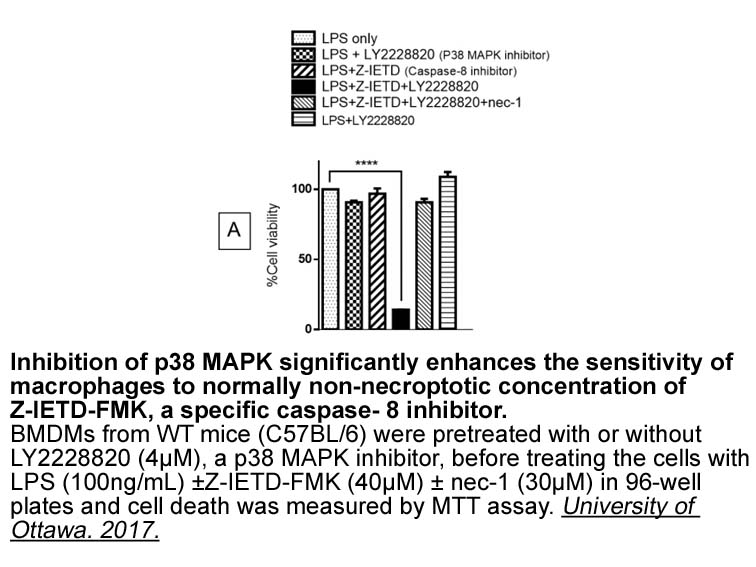
The experiments reported herein were designed to test whether co-expression of MRP and GSTP1-1 offers a level of protection from certain cytotoxic drugs not achieved by the expression of either protein alone. This was accomplished by stable transfection with expression vectors into MCF7/WT cells, w
-
In the present study we observed a decrease
2022-03-18
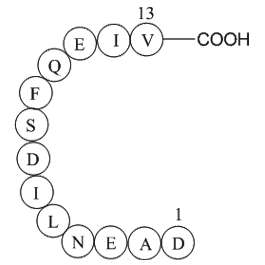
In the present study, we observed a decrease in body weight gain in Tg rats. It is uncertain whether this effect is due to Denr, Gpr81, or Gpr109a. In this regard, Gpr81 mice have been reported to have reduced body weight gain [28]. Moreover, a small clinical study has reported that obese patients t
-
INTRODUCTION Scar formation and tissue regeneration are oppo
2022-03-18
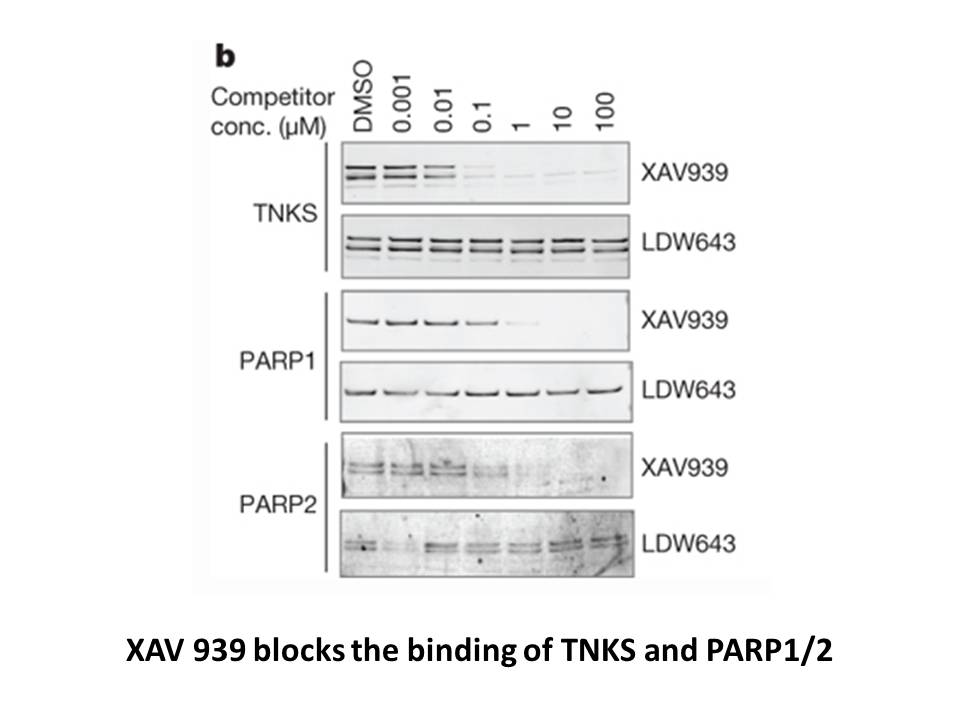
INTRODUCTION Scar formation and tissue regeneration are opposite results of the wound healing process. Although fibrosis is more common after skin injury, full skin regeneration results in complete replacement of adnexa and function. Examples of tissue regeneration in mammalian systems include annu
-
One clue to how evolution has
2022-03-18
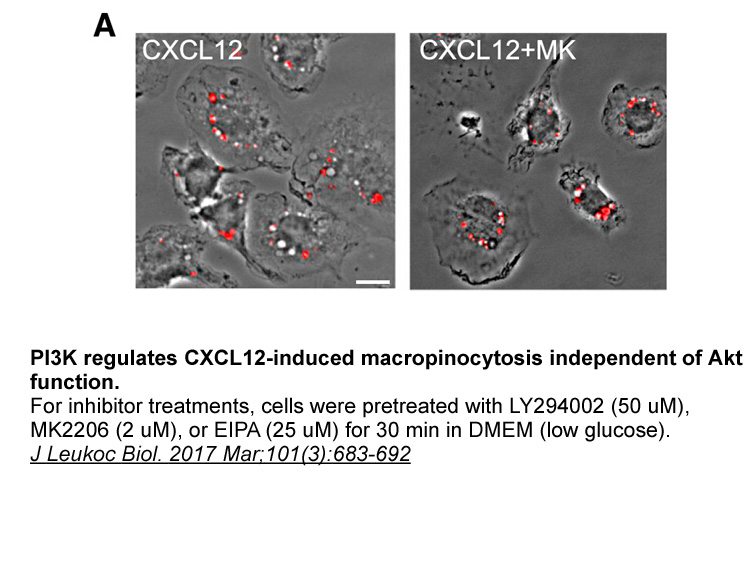
One clue to how evolution has solved such spatiotemporal challenges comes from studies revealing that lymph node (LN) organization is more complex than originally presumed, suggesting that steady-state microanatomical features are crucial for effective immune responses (reviewed by Qi et al., 2014).
-
Neurotransmitter transporters are rapidly recycled from and
2022-03-18

Neurotransmitter transporters are rapidly recycled from and to the membrane. For instance, the GABA transporter GAT1 is recycled in a calcium and depolarization dependent manner. GAT1 located in the plasma membrane is internalized to a subpopulation of small vesicles different from the classical neu
-
Additionally OsGly I overexpressing transgenic rice plants h
2022-03-18
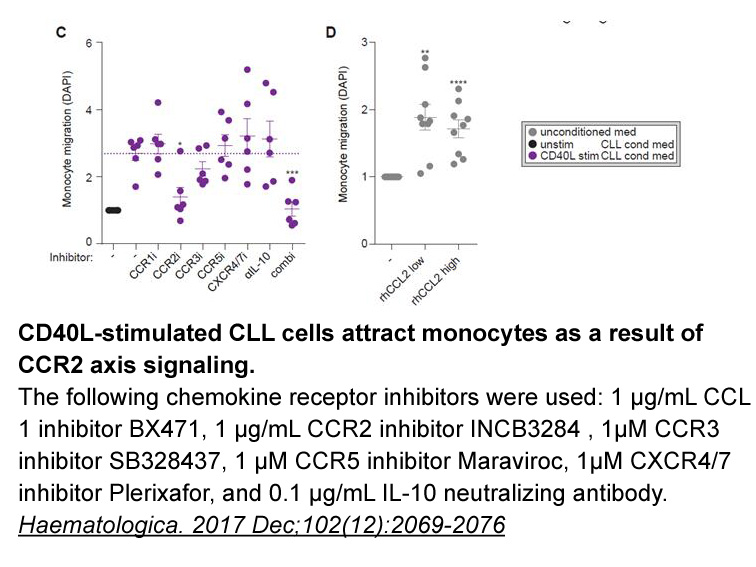
Additionally, OsGly I-overexpressing transgenic rice plants had higher grain yields than WT (Table 2). Although there were no significant differences in the number of effective panicles per plant, panicle length, grain numbers per panicle, or 1000-grain weight between WT and transgenic plants, the
14982 records 486/999 page Previous Next First page 上5页 486487488489490 下5页 Last page